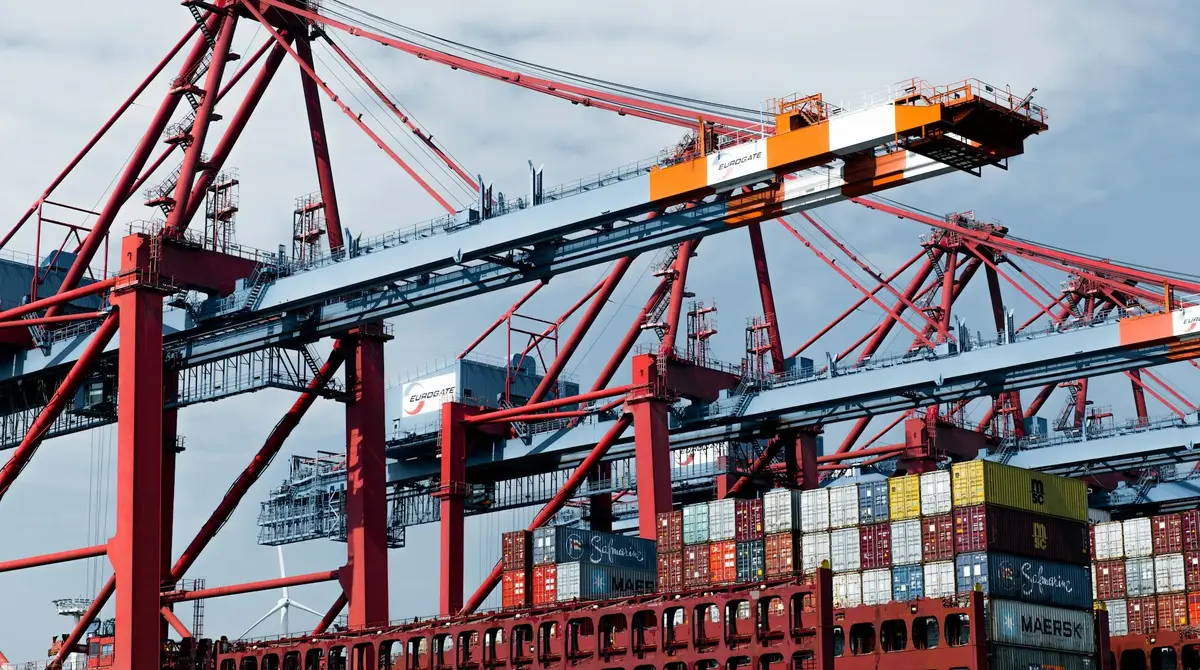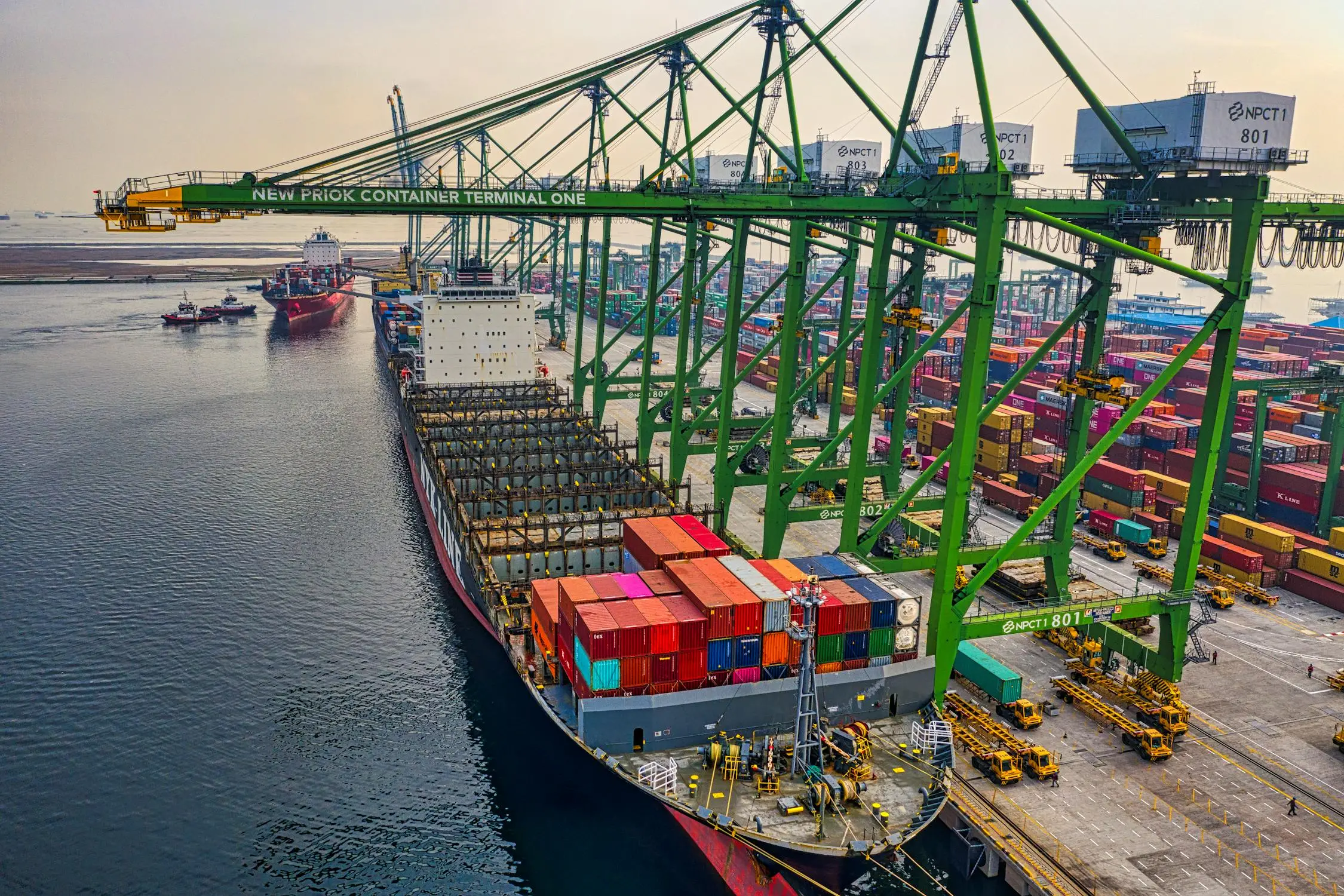
Relocating to a new country is an exciting adventure, and sea freight offers a cost-effective way to transport your belongings across oceans. This guide will help you navigate the complexities of international moves by sea, ensuring your transition is as smooth as possible.
Understanding Sea Freight for International Moves
Sea freight is the most common method for international moves due to its cost-effectiveness and ability to handle large volumes. Before diving into the details, let's understand the basics:
Key Advantages of Sea Freight for Moving
Cost-effective for long-distance moves
Ability to ship large household items
More environmentally friendly than air freight
Flexibility in shipment sizes
Planning Your Sea Freight Move: Step-by-Step
Assess Your Shipment: Determine what you'll be taking with you.
Choose a Shipping Method: Decide between FCL (Full Container Load) or LCL (Less than Container Load).
Get Quotes: Contact multiple international moving companies or freight forwarders.
Plan Your Timeline: Sea freight can take several weeks, so plan accordingly.
Prepare Documentation: Gather necessary paperwork for customs clearance.
Pack and Label: Ensure your belongings are properly packed and labeled.
Arrange Insurance: Protect your shipment with appropriate insurance coverage.
Coordinate Delivery: Plan for the arrival and unpacking at your destination.
FCL vs. LCL: Choosing Your Container Option
| Aspect | Full Container Load (FCL) | Less than Container Load (LCL) |
|---|---|---|
| Best for | Large moves (3+ bedroom homes) | Smaller moves or partial shipments |
| Cost | Higher overall cost, but lower per cubic foot | Lower overall cost, but higher per cubic foot |
| Transit Time | Generally faster | May take longer due to consolidation |
| Security | Higher (exclusive use of container) | Shared container, more handling |
| Flexibility | Less flexible scheduling | More frequent departures available |
Estimating Costs: What Influences Your Moving Budget?
Several factors can impact the cost of your sea freight move:
Distance: Longer routes generally cost more.
Volume and Weight: The size of your shipment affects pricing.
Chosen Ports: Some ports have higher fees than others.
Season: Peak moving seasons can increase costs.
Additional Services: Packing, insurance, and customs clearance add to the total.
Cost Saving Tips
Declutter before moving to reduce volume
Compare quotes from multiple providers
Consider sharing a container (LCL) for smaller moves
Plan your move during off-peak seasons if possible
Packing for a Sea Freight Move
Proper packing is crucial for protecting your belongings during a long sea journey:
| Item Type | Packing Recommendations |
|---|---|
| Furniture | Disassemble if possible, wrap in blankets and plastic |
| Electronics | Use original boxes if available, add extra cushioning |
| Fragile Items | Wrap individually, use sturdy boxes with plenty of padding |
| Clothing | Vacuum-seal bags can save space and protect from moisture |
| Books | Pack in small boxes to distribute weight |
"Remember, items will be in transit for weeks. Pack as if your belongings will encounter rough seas – because they might!" - Sarah Johnson, International Moving Consultant
Documentation: Navigating the Paper Trail
Proper documentation is essential for a smooth international move. Here's what you'll typically need:
Passport: Valid for at least six months beyond your move date
Visa: If required for your destination country
Detailed Inventory List: Itemized list of all shipped belongings
Bill of Lading: Contract between you and the shipping company
Customs Forms: Specific to your origin and destination countries
Insurance Certificate: Proof of coverage for your shipment
Timeline: What to Expect When Moving by Sea Freight
Understanding the timeline of a sea freight move can help you plan effectively:
Typical Sea Freight Moving Timeline
Booking (4-6 weeks before move): Reserve your shipment with a moving company
Packing (1-3 days): Pack and prepare items for shipping
Loading (1 day): Load items into the container
Port Departure (1-5 days): Container is delivered to port and loaded onto ship
Sea Transit (2-8 weeks): Varies greatly depending on route
Port Arrival (2-5 days): Container is unloaded and clears customs
Delivery (1-2 days): Container is delivered to your new home
Unpacking (1-3 days): Unload and set up your belongings
Insurance: Protecting Your Move
While sea freight is generally safe, insurance provides peace of mind:
| Insurance Type | Coverage | Recommended For |
|---|---|---|
| Total Loss Insurance | Covers only if entire shipment is lost | Budget-conscious movers with low-value items |
| All-Risk Insurance | Covers damage, loss, and theft | Most international moves, especially with valuable items |
| Liability Coverage | Basic coverage provided by moving company | Supplemental to other insurance |
Customs Clearance: Navigating International Regulations
Customs clearance is a critical part of international moves. Here are some tips:
Research customs regulations for your destination country well in advance
Be aware of prohibited and restricted items
Prepare a detailed and accurate inventory list
Keep important documents easily accessible
Consider hiring a customs broker for complex moves
Technology in Sea Freight Moving
Modern technology has revolutionized sea freight moving:
Tech Tools for Your Move
Online Tracking Systems: Monitor your shipment's progress in real-time
Virtual Surveys: Get quotes without in-person visits
Inventory Apps: Digitally catalog your belongings
Communication Platforms: Stay in touch with your moving company
Case Studies: Real-Life Sea Freight Moves
Case 1: The Smith Family's Transatlantic Move
Route: New York to London
Shipment Size: FCL (40ft container)
Transit Time: 18 days
Key Challenge: Coordinating delivery with new home purchase
Solution: Utilized temporary storage at destination port
Case 2: Ms. Chen's Move to Australia
Route: Shanghai to Sydney
Shipment Size: LCL (15 cubic meters)
Transit Time: 35 days
Key Challenge: Strict Australian quarantine regulations
Solution: Thorough cleaning and detailed inventory preparation
Environmental Considerations in Sea Freight Moving
As global environmental awareness grows, consider these eco-friendly moving tips:
Use biodegradable packing materials where possible
Donate or sell items you don't need instead of shipping them
Choose a moving company with sustainable practices
Consider carbon offset programs for your shipment
Expert Tips for a Successful Sea Freight Move
"Start planning at least three months in advance. This gives you ample time to research, get quotes, and prepare for any unexpected challenges." - Mike Thompson, International Relocation Specialist
"Don't underestimate the importance of a good inventory list. It's not just for customs – it helps you keep track of your belongings and can be invaluable for insurance claims if needed." - Lisa Wong, Customs Clearance Expert

Conclusion: Setting Sail for Your New Home
Moving overseas by sea freight is a journey in itself, filled with planning, preparation, and a touch of adventure. By understanding the process, planning ahead, and working with experienced professionals, you can ensure your international move is a success. Remember, patience is key – while sea freight may take longer than other methods, it offers a cost-effective and reliable way to transport your life across oceans.
As you prepare for your move, keep this guide handy and don't hesitate to ask questions at every stage of the process. With the right preparation and mindset, you'll soon be unpacking in your new home, ready to start your next chapter. Bon voyage!
 Easy Shipping From Global, Save Cost
Easy Shipping From Global, Save Cost













